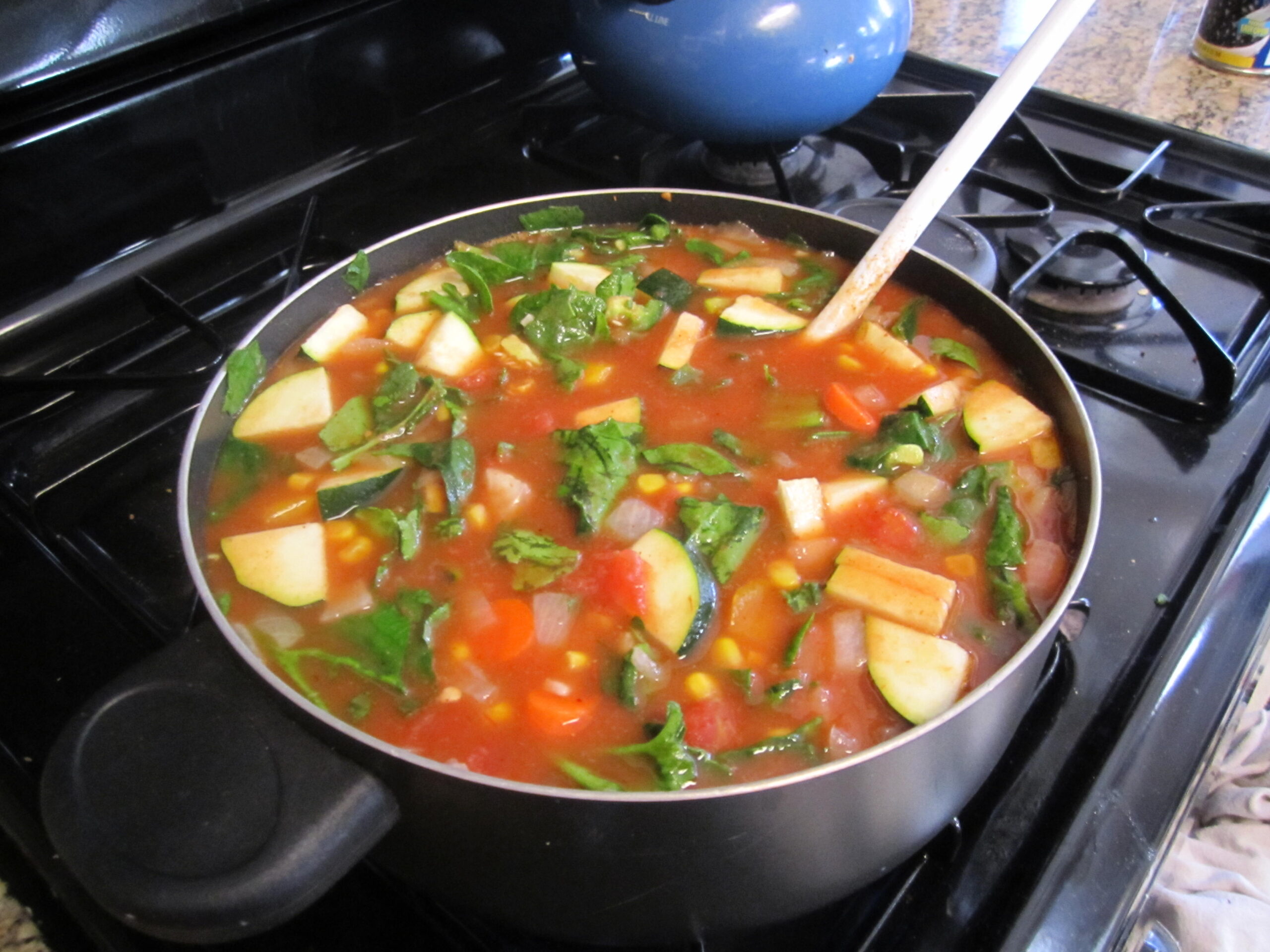
How do you learn your piano music? Do you use sheet music and learn it note-for-note? Or do you improvise? How about cooking? Do you like to follow a recipe exactly, or do you “wing it?” Or do you do a little bit of both, depending on the situation and how you feel that day?
Playing piano and cooking have a lot in common. For one thing, there are 3 important parallels between using sheet music when playing music and using recipes when cooking.
1. Following the printed page exactly
There are times when you want to follow the printed page exactly. Any music that sounds perfect when played as written fits into this category. Mozart, Sondheim, a perfect pop accompaniment. There are some pieces that are so good that they don’t need anything else. They work as written.
This goes for some recipes, too (especially when baking). All the ingredients are perfectly balanced and you simply need to follow the instructions exactly and you’ll create a tasty meal. No creativity necessary. The skill is in interpreting the instructions and this can be very satisfying for performer and listener as well as chef/diner.
2. Altering the instructions
Often though, we don’t want to follow a recipe exactly as written. You may find a good cookie recipe but see that it contains walnuts, which you don’t like. So you leave them out or substitute another ingredient. Or a soup may contain cilantro but you know that your uncle Eddie doesn’t like that, so you use parsley instead. Or maybe the recipe says to cook the meat just until rare, but you prefer it well-done so you leave it on the stove a little longer. You probably do this sort of thing all the time. You’re actually using the recipe as a kind of template which you feel free to vary and alter according to your personal taste.
This is how I view most sheet music. When I play Adele’s “Hello,” I start by playing the piano part exactly as written since it’s so perfect and sounds exactly like the recording. But after the bridge, the sheet music merely repeats what came earlier, whereas the recording builds at this point by adding layers of background vocals, drums, and other instruments. I want to capture this excitement at the piano too, so I improvise on the chords, adding more of a rock bass line to evoke the drums and playing a fuller right hand part with some of the choral rhythms. This sounds a lot better than merely going back to the quiet rhythms that the sheet music says to do at that point!
The same goes with Gershwin, Broadway, rock, and even a lot of classical-sounding pieces, especially when accompanying singers. If the singer has a delicate interpretation of a song, It usually doesn’t work to play a bombastic accompaniment even if that’s in the sheet music. You’ll want to tailor the accompaniment for each individual vocalist and each particular performance situation. It’s exactly like what we do all the time with recipes by adding a spice here, and substituting an ingredient there. We’re improvising within guidelines.
3. “Winging it”
“Winging it” is when we make it up as we go along. You walk into your kitchen and say “let’s see what I can make.” You open a cabinet and find some bread. Then you remember that you have some leftover turkey in the fridge. You ask yourself what else can go with the turkey to make a tasty sandwich so you find some lettuce, tomatoes, and maybe a relish to spread on as well. At the last minute you see something else, maybe olives, and decide to add one to “see what that tastes like.” In other words, you’re improvising “from scratch.” You can do the same thing with soup, right? Make a broth, add a few ingredients and see how it comes out. Each time you do this, you learn a little bit more about what works and what doesn’t. What you like and what you don’t. What to repeat and what to discard the next time you try something similar.
In music, this is like either playing from a leadsheet or completely improvising. Using just the basics, along with your previous experience, and creating something different each time. It can be just a little different, like a walking bass line on “All The Things You Are,” or a radical new approach to a song. Or a completely improvised piece. It’s just like preparing food without a recipe. You simply take what you already know how to do, see what ingredients are available to you, and “go for it.”
The more you can use all three approaches in your piano playing, the more versatile you’ll be. You’ll be able to experience the full range of what’s possible with your music and thrive in any musical situation. It’s a wonderful way of making music and, just like with your cooking, much more “do-able” than you may think at first. Begin with small steps and see when and where you can effectively use improvisation when playing from sheet music. You’ll have lot of fun and this ability will set you apart from the majority of pianists who always are always tied to the written page.
Have fun and enjoy the learning process!
If you want help learning to improvise, my piano improv video course can help you. Step-by-step lessons plus my personal guidance will teach to to confidently and easily improvise music in your favorite musical styles.
